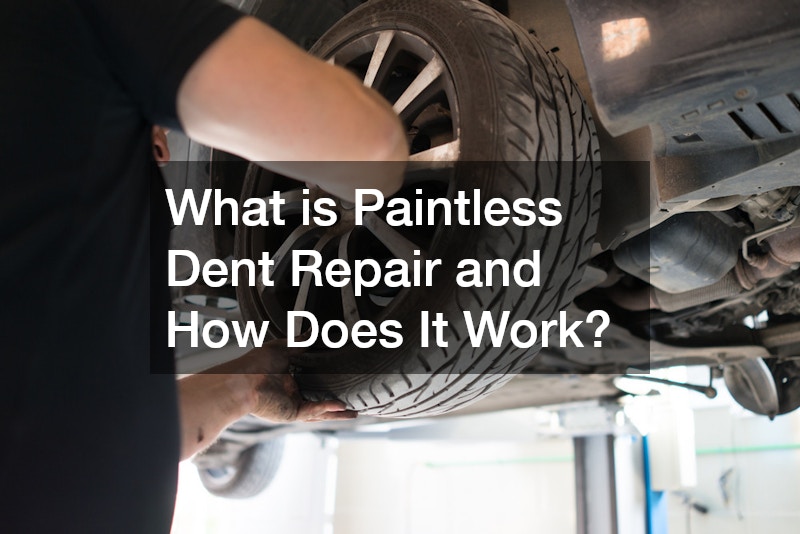
The automotive repair industry constantly evolves, introducing innovative, efficient, and cost-effective methods. Among those is Paintless Dent Repair (PDR), a technique increasing in popularity due to its proven success in maintaining the integrity of a vehicle’s body. This article explores the growing reputation, elaborating on its process and benefits of choosing local paintless dent repairs for your fixes.
Paintless Dent Repair (PDR) is a method of removing minor dents from the body of a car without disturbing the paint. It is especially beneficial for minor dings and blemishes caused by hail, small accidents, or door impacts.
Video Source
By utilizing precision tools, technicians can massage out the dents without chipping or altering the car’s original paint.
Rather than reapplying paint, which can decrease a vehicle's value by altering its originality, PDR maintains the car's factory finish. This technique aligns with both consumer preferences for keeping cars original and auto manufacturers’ standards of vehicle integrity.
The PDR process begins with a thorough assessment of the damaged area to determine its suitability for this type of repair. The technician analyzes the dent’s size, depth, and location to ensure that PDR can be effectively applied. Once confirmed, tools such as metal rods and body picks are used to gently massage the dent from behind the panel.
In more stubborn cases where access from behind is limited, a technician may use an advanced technique called "glue pulling." This involves applying special adhesive tabs to the outer surface of the panel and gradually pulling the dent outward. This technique requires precision and skill to avoid overstretching the metal without damaging the surface.
PDR is notably effective for minor dents, such as those caused by acorns, hail, or minor contact incidents that leave the paint undamaged. However, it does have its limits when dealing with larger areas affected by more serious accidents or severe creasing where paint damage is evident. While PDR can handle dents in most panels, its success depends on the flexibility of the panel material and the shallowness of the dent. If the paint has cracked or the metal has been overly stretched, the technique may not be applicable, necessitating traditional repair methods.
The versatility of PDR means it often serves as a first-choice repair option, especially for those seeking quick results. However, assessing the damage accurately is critical before deciding if PDR is a viable solution. Consulting with skilled technicians is crucial to determine the best course of action.
One of the most compelling advantages of PDR is its cost-effectiveness. By bypassing the need for materials like paint and filler, it reduces typical expenses associated with dent repair, often making it more affordable than traditional methods. PDR is also significantly faster than conventional methods. Repairs can frequently be completed within a few hours, enabling vehicle owners to return to their daily routines without the downtime typical of auto body shops where extensive labor is involved.
Moreover, PDR preserves the original paint, which helps maintain the vehicle's value by ensuring potential buyers that it hasn't been subjected to major repairs or paint jobs, thereby retaining the car's warranty and appearance integrity.
Paintless Dent Repair (PDR) stands out as an innovative and effective alternative for repairing minor car dents. By preserving a vehicle's original paintwork, it maintains the car's aesthetic and market value while offering cost-effective, quick, and environmentally friendly solutions. For car owners, understanding the capabilities and limitations of PDR is essential for making informed decisions about vehicle maintenance. With the right knowledge, selecting this method can lead to satisfying results and a prolonged life for one's vehicle.
Ultimately, by choosing experienced and qualified technicians, car owners can rest assured that their vehicle is in good hands, benefitting from state-of-the-art techniques that emphasize quality and integrity.
.